It’s Kyle Baker’s birthday today so wish him a happy birthday over on Facebook, visit his blog, leave a comment, and buy tons of his books while you’re at it.
For the occasion, I wanted to spark a discussion about the differences between digital vs hand drawn comic art. What better artist to focus on than one who has mastered both: Kyle Baker.
Kyle Baker used to draw with pencils and ink and white out and paper back in the 80s. According to his high school classmates, he used to ink Marvel Comics assignments on the NYC Subway trains. Baker would later describe this inking technique to The Comics Journal as “expressionistic”. By the mid-90s, he started toying with computers and he hasn’t looked back since. Much to a few purists’ chagrin, he’s almost completely abandoned the old ways in order to make room for the new.
I’m paraphrasing here but Baker has stated that cartoonists are the only people left in the world that still use nibs and brushes dipped ink the way our forefathers used to. OK, so he’s not into ink anymore, but that’s only a criticism in contrast with other media such as animation and illustration. After all, canvases and paint are still used. Baker’s point is broader, though, in that he knows exactly what he’s competing with in the realm of entertainment.
Baker’s new digital approach wasn’t my favorite (I still like using an actual dry brush over a dry brush tool in Photoshop) until I realized that he was using computers the same way Gary Panter uses paint or Ralph Steadman uses ink: he was maximizing the specific properties of those tools in an aggressive way. As he recently discussed in his Modern Masters book, Baker is unabashed about having his comics look like computers made them.
Baker’s argument is why shouldn’t it look like computers? With that, he’s at odds with most of the cartoonists that use this technology to mimic other styles, which is almost everybody. Baker abandons all such pretenses about trying to make something look like something it isn’t.
Brian Bolland makes a strong, intelligent case for digital comic booking in the introduction for the DC Guide to Digital Inking, boiling it down to the primal concept of tools and their function. It wasn’t enough to convince me, though, that it isn’t just a mechanism used to expedite production as opposed to using it to enhance the art form.
I’m not entirely dismissing digital art. I know Chris Ware draws and letters by hand but aren’t his color done digitally? You cannot argue with his results; they’re perfect. Most cartoonists use computers in some way or another. Who doesn’t use their computer for their comics, anyway? Why do I sound like an old man when discussing this? My suspicion is that the hand drawn line will eventually be obliterated. It will become a niche hobby like poetry or stamp collecting. One can say it already has. Another scenario is that the old school ink line will increase in value and reclaim its chokehold on the world, as it should.
Frank Quitely recently went directly “onscreen” with his drawing of the T.H.U.N.D.E.R. Agents, but despite how cool and exciting that process may be, I find that the results generally lack… something. Watch this video and see for yourself. Quitely’s process is interesting, but this may be one of the very few pieces of his that didn’t do it for me. Granted, Quitely’s comfort level will eventually adjust itself to this new approach. As for Bolland, take note and compare his older covers to his newer ones. The skill is still there, but the line is a little cold, a little dead.
Thing is, Baker’s narrative chops are as strong as ever, his writing’s still funny and you can still see his style beneath all of the pixels (recently, though, some of his figures look like digital models). So is this a question of the tool or our perception of the tool’s results? I’m still a little skeptical about those results, but Baker’s attitude is what makes me appreciate his recent efforts more than ever.
Anyway, with all this talk about futuristic art making propaganda, I posted a bunch of old school Kyle Baker art over here, including a few rarely seen bits, and a Fishbone interview conducted by Kyle himself from way back. What better way to celebrate the future than by saying goodbye to the past?
Happy Birthday, Kyle.
Clutching onto my nib and inkwell with my life,
Michel Fiffe



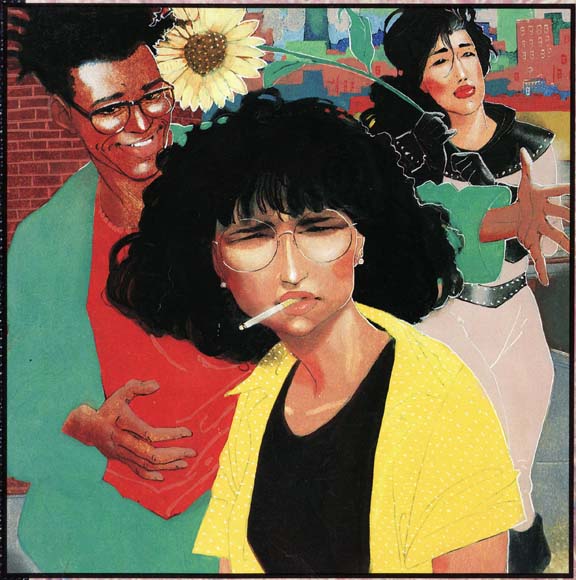
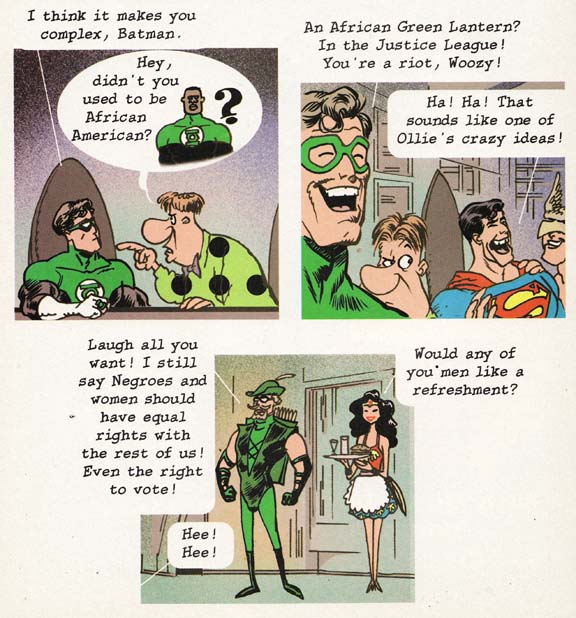
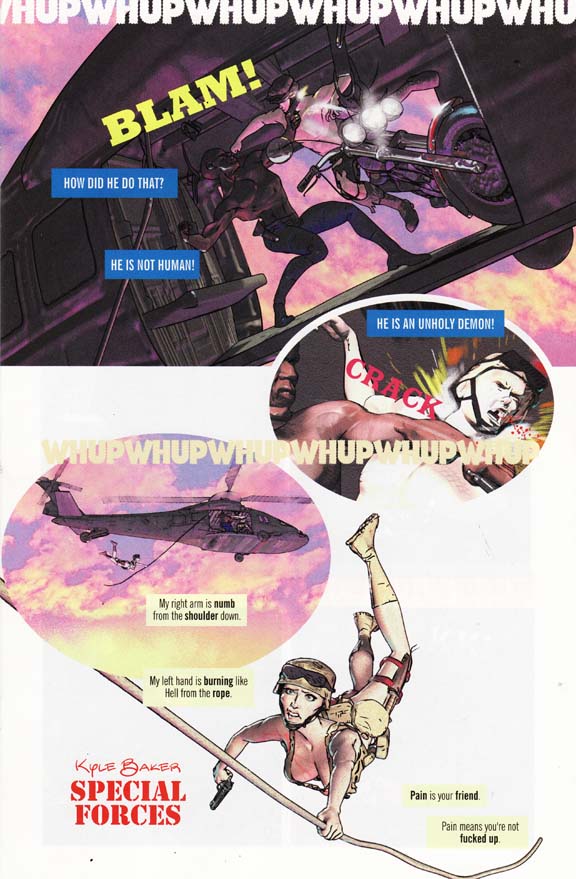
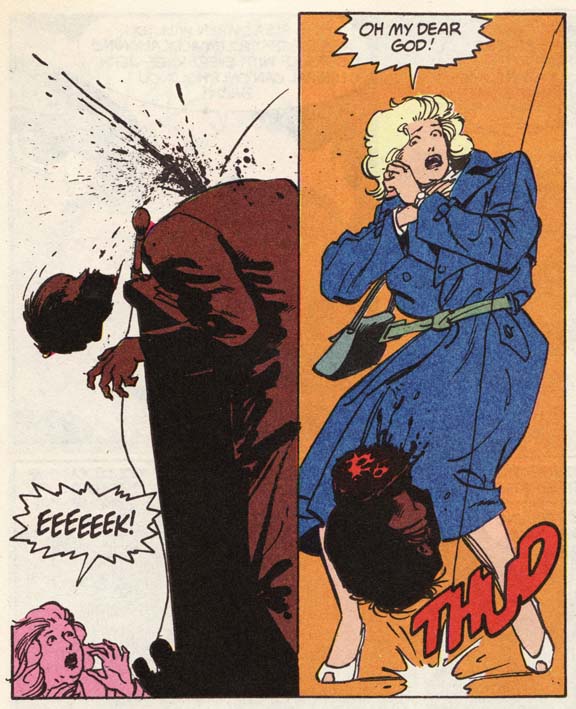
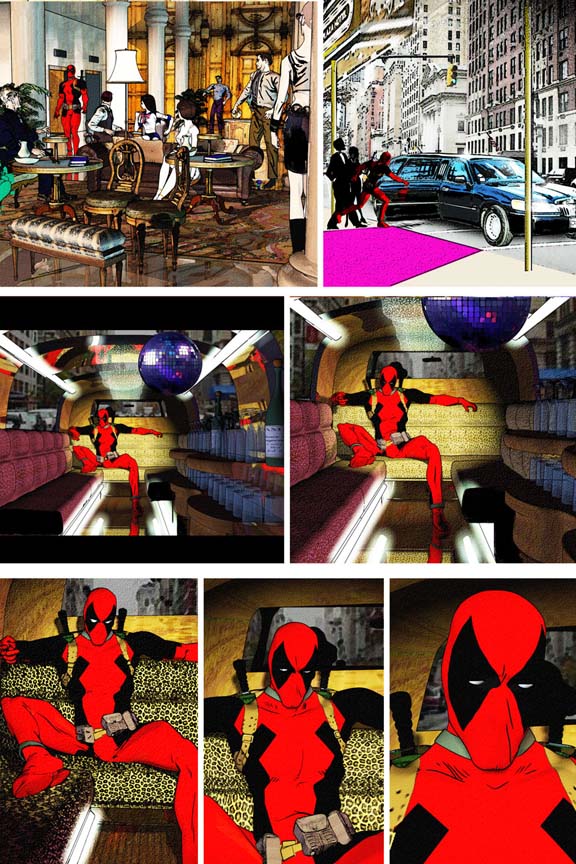
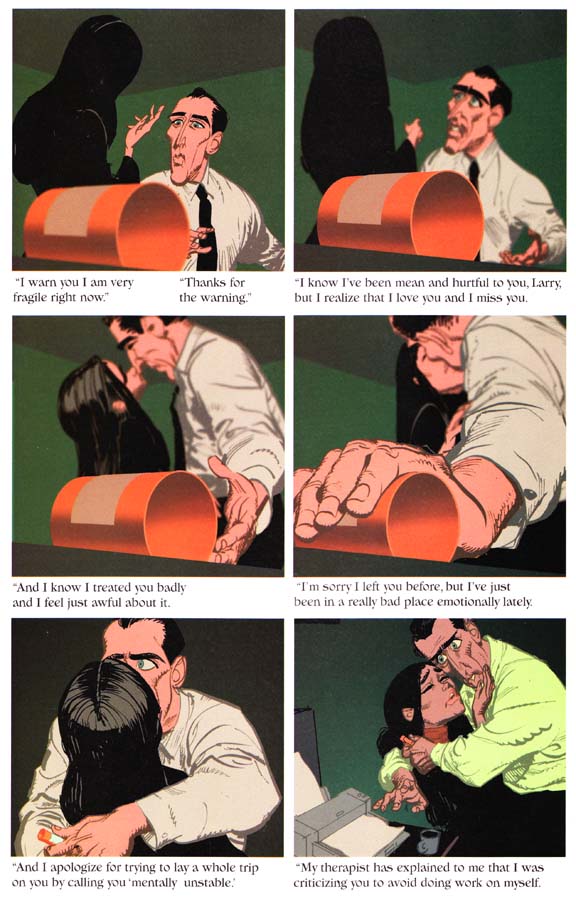
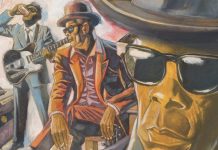
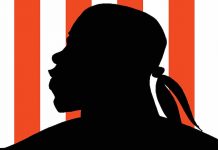
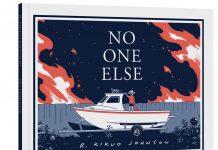






I like very much what Kyle Baker is doing but I prefer when his work is drawn (even if it is on a screen or a tablet) and not rendered.
First, Happy Birthday to Mr. Baker.
Second, I do have to agree that most digital cartooning does have a distant coldness to it. I find that coldness is more prevalent the more representational the artist is. But there are some cartoonists who can transcend that coldness. One is Moebius. The other is Kyle Baker.
I will say what we all know: Kyle is a genius. His classic inked line is a thing of beauty and energy. Look at those Shadows, Cowboy Wally, I Hate Saturn etc, etc… just lovely.
But what’s amazing is that, without missing a step, he was able to bring that same line to his digital work like I Die At Midnight, You Are Here, and King David.
And even with all the verve that Baker puts into his work, I cannot say that I am a fan of his latest work with Poser and the gaudy Photoshop filters. ‘Garish’ I can take, but ‘gaudy’ I have a tougher time swallowing. I can appreciate the aggressiveness that you mentioned by which Baker utilizes the computer. It makes his work look like no one else out there right now.
And, I’m with you, Michel. I love my ink and brush too much to completely let go of them.
Great article, sir!
-ADRIAN JOHNSON
My own primary consideration is that a giant tub of speedball ink that will last you all year will cost you $15, a pad of 20 sheets of nice bristol another $15, 10 nibs for less than a dollar each plus a holder, maybe another $10, if you want to spend money you can get yourself a really nice brush for $20-25, or get a mid quality one for less than $10.
Meanwhile it costs $couple hundred for a tablet and $couple hundred for the latest edition of CS if you are a student, over $1000 if you aren’t.
I dunno, I guess the price point evens out eventually, but I’m really not a fan of the way technology forces you to continually shell out huge amounts of cash just to stay on top of it.
I also find sitting in front of a computer all day depressing.
Ethan,
I wouldn’t totally discount digital altogether. As much a devotee/process junkie as I am to older modes of art production, I regularly use digital means in my workflow. there are many possibilties available digitally that are impossible by hand. However, though I’m attempting to do so, I don’t think I’ll ever be completely comfortable making drawings from scratch digitally. Not my bag.
I agree that absolutely nothing will match the immediacy and ‘the human stain’ that comes with cartooning on paper. Yet, so many young people are perhaps daunted by the physical tools but find digital much more forgiving. However, one key that many people miss is those who draw well digitally also drew fantastically in the analog realm. The flow of skill goes analog to digital, never the other way around.
I can only think of a small handful of people I know in ANY creative field who do their work all-digitally. I highly doubt the assertion that traditional methods, or cartoonists in general, are in the minority.
I’m comfortable with both mediums: traditional OR digital. I’d like to create a complete digital painting.
As far as comics, bristol board, copic markers, micron pens a GOOD scanner, CS3, 4 or 5, a wacom Intous or Cintiq~You are good to G.O!!
Adrian — Your response to Ethan makes me wonder about the generation of artists that will grow up and develop through exclusive use of digital tools. It may not be for a while, but it’ll definitely affect the line quality as well as the way we see that line. And yes, Kyle’s energy makes everything he does a pleasure to witness. Sure, I have my favorites, but he always makes one damn entertaining comic!
Scott — I know illustrators that utilize computers exclusively for their work, and others that use computers the majority of the time. And of course there’s music, movies, advertisement… all creative fields that, from what I understand, have stepped closer to the digital realm. As for comics, not only has digital lettering and coloring become the norm, but inking is following and penciling seems to be catching up. Comics may not be all-digital yet, but I can sense the change coming.
Indy comics, however, are still mostly produced by traditional means, but I still see that as the minority. It may be wishful thinking on my part, but I hope it doesn’t stay that way
Cartooning is above all a storytelling medium. At the same time, it is a form of human expression like painting. Increasingly more and more of the things we see in our world are made by machines. The human element is missing in much of our environment. I believe human beings have an inner need and physical desire to see something that looks like it was made by a human being– or by a human hand. To see imperfections. I’d rather look at a curvy line than a straight line any day and think you would too. To the extent that computer art lacks the human element, we are all diminished.
ugg australia is known worldwide for making some of the best sheepskin boots around.
Skype has opened up its internet-dependent buyer beta
on the world, right after starting it broadly from the Usa and
You.K. before this four weeks. Skype for Online also now facilitates Chromebook and Linux for instant
online messaging interaction (no video and voice but, these demand a connect-in installing).
The increase from the beta brings support for
an extended selection of languages to help you reinforce that international functionality
Comments are closed.